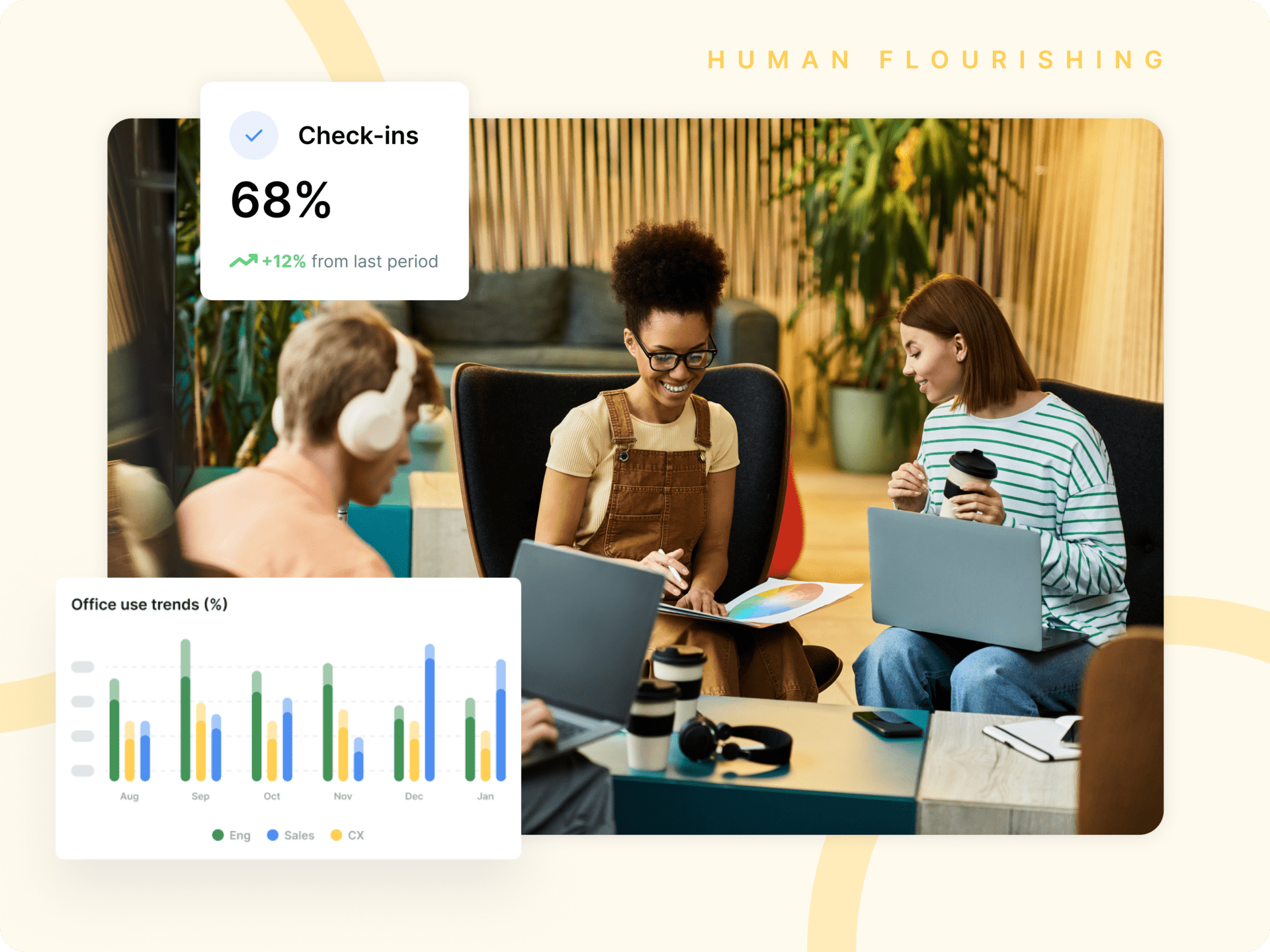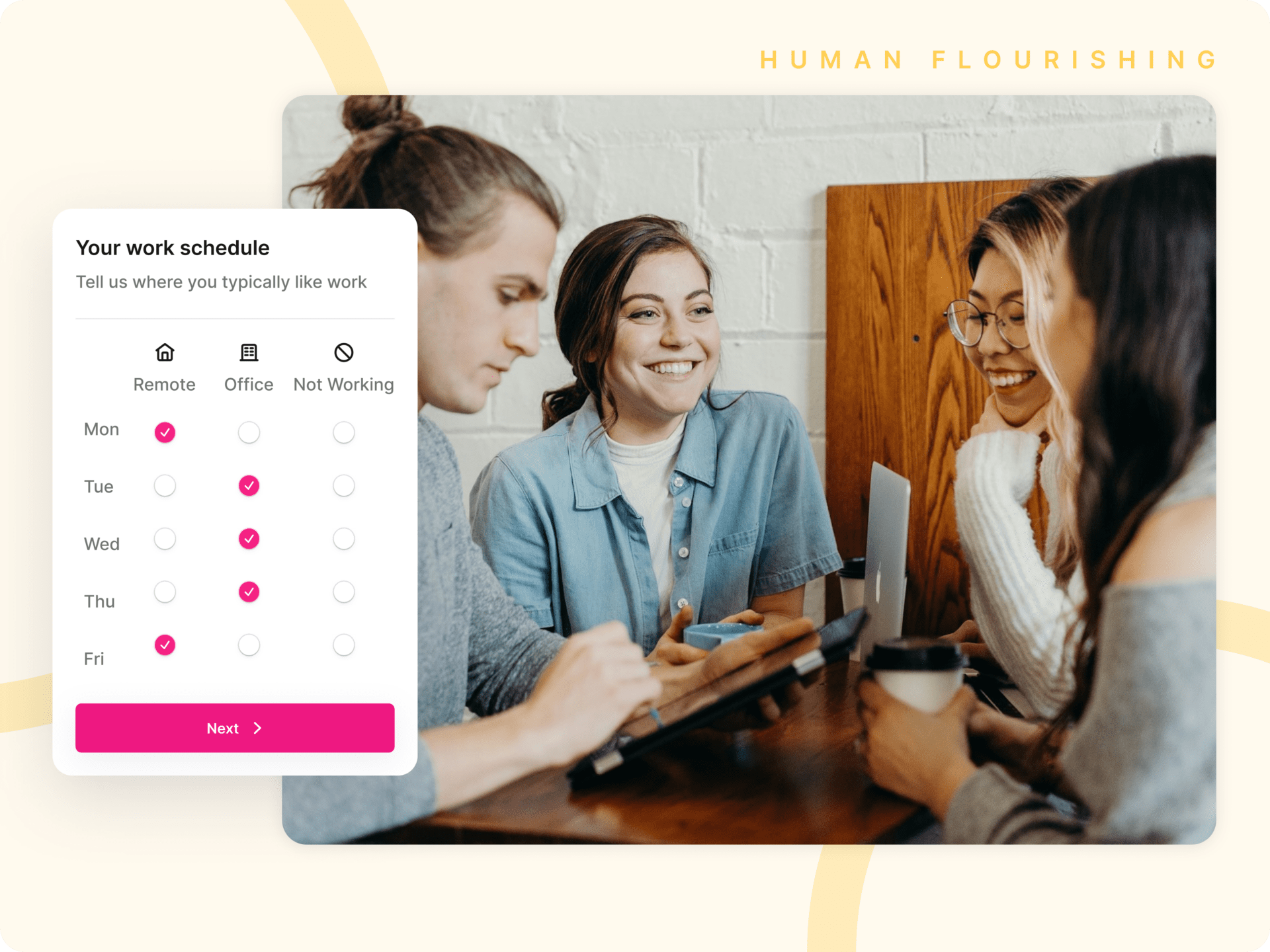As Head of People and Partnerships at Kadence, one of the things I ask myself most regularly is “how do we better communicate as a team?”.
Operating as a distributed team, we are spread all over the world. For that reason, it’s really important for us to feel like we don’t sacrifice on connection and cohesion as an organization and group of people.
In a recent chat with Steve Cockram of GiANT Worldwide, I got into the topic of how to stay connected as a hybrid team — and why it’s so important for companies navigating a new era of work.
This is a summary of the ideas and insights that came up in our conversation. Please also check out my full conversation with Steve where he goes into even more detail of how to stay connected as a hybrid team.
Hybrid work: no longer just a nice to have
Hybrid work is still seen as a “nice to have”.
That means that leaders and managers acknowledge its importance for the health of their business, but they continue to forget to take it on board with regularity and intention. Basically: it falls to the bottom of the pile.
It’s high time we started to view hybrid work as an urgent, must-have solution that runs at the core of a company’s business and people objectives.
Hybrid is about much more than setting up a desk booking system and telling people to come into the office two days a week.
It’s about having an actionable strategy in place to ensure that your people are getting adequate relational connection (as put by Steve) — the lifeblood of emotional health.
But what does “adequate relational connection” actually entail, and why is it so important?
Building trust and relationships beyond the screen
The pandemic steered the course of professional work firmly towards screens.
From a situation where real life communication was the norm — working in an office five days a week — suddenly employees found themselves relying predominantly on Zoom calls (from home!) for social interaction.
The change happened overnight — and it somehow tricked us all into believing video calls are a like-for-like replacement of real meetings.
The truth couldn’t be more different.
As human beings, we rely deeply on in-person communication and interaction for our well-being. It’s this relational connection that builds trust and makes us feel happy and fulfilled — like we belong in a community.
Without this enormous part of us being addressed, no number of Zoom calls can fill the gap. Put very simply — if we’re not getting enough quality time together, our wellbeing, sense of community and productivity will all suffer.
HR teams are generally well aware of wellbeing and the need for their people to stay happy and healthy. And yet few have managed to connect the dots between hybrid, home working and emotional health and wellbeing.
Perhaps it’s time to flip the script on what it means to meet up in work contexts.
Rethinking time together
So how, as a leader, do you go about putting into practice what you know about the importance of in-person meeting for your team’s overall health?
According to Steve, staying connected as a hybrid team is all about reimagining what it means to meet up as a team.
A lot of the time, business owners are thinking about how to make in-person meetings more efficient and productive. As though the time spent together needs to showcase everyone “working harder” or “achieving outcomes”.
But Steve argues that it’s actually more important to view these social gatherings as exactly that — social gatherings.
Whether it’s quarterly, monthly, or weekly all-hands meet ups at the office — companies should start thinking about providing platforms for social connection with no strings attached.
The time you spend with your teammates together is a precious resource, and it shouldn’t be wasted on work tasks that could easily be done remotely.
The objectives therefore have to be different — less focused on direct business objectives and more geared towards deepening relational connection and trust.
The best part? The more you develop a concrete strategy for ensuring your team are connecting and communicating on a regular basis, the more you’ll see your business and bottom line flourish as a result.
This isn’t the first time the world of work has undergone monumental changes.
When the industrial revolution brought millions of people from rural work settings to cities, it took governments and organizations a long while to understand how to build legislation that kept people healthy and happy.
The same is happening with hybrid work now.
Managers and business leaders are trying their best to navigate a new era of working, but most are still yet to realise that the puzzle is incomplete without one large piece – people.
Time and time again, we see how the health of teams — as measured by the teams themselves — proves to be the most helpful metric on the dashboard of a CEO. It correlates directly with their likelihood of success.
So don’t cut short those lunches, coffees, team dinners. Enjoy them. They’re all part of deepening connections and trust between your employees that feeds back into the wellbeing of your business.
When people flourish, companies flourish. And at Kadence, our mission is to ensure you stay connected with your hybrid team.
GiANT Worldwide is a global leadership consultancy that helps thousands of leaders from companies of all sizes — from startups to Fortune 500s. Their innovative “5 Voices” self assessment tool gives leaders a better indication of their own natural leadership voice, from “Pioneer” to “Connector” and “Nurturer”. Once a leader has discovered their own voice, they become more self-aware; a better communicator; a quicker decision maker, and ultimately a better manager.




